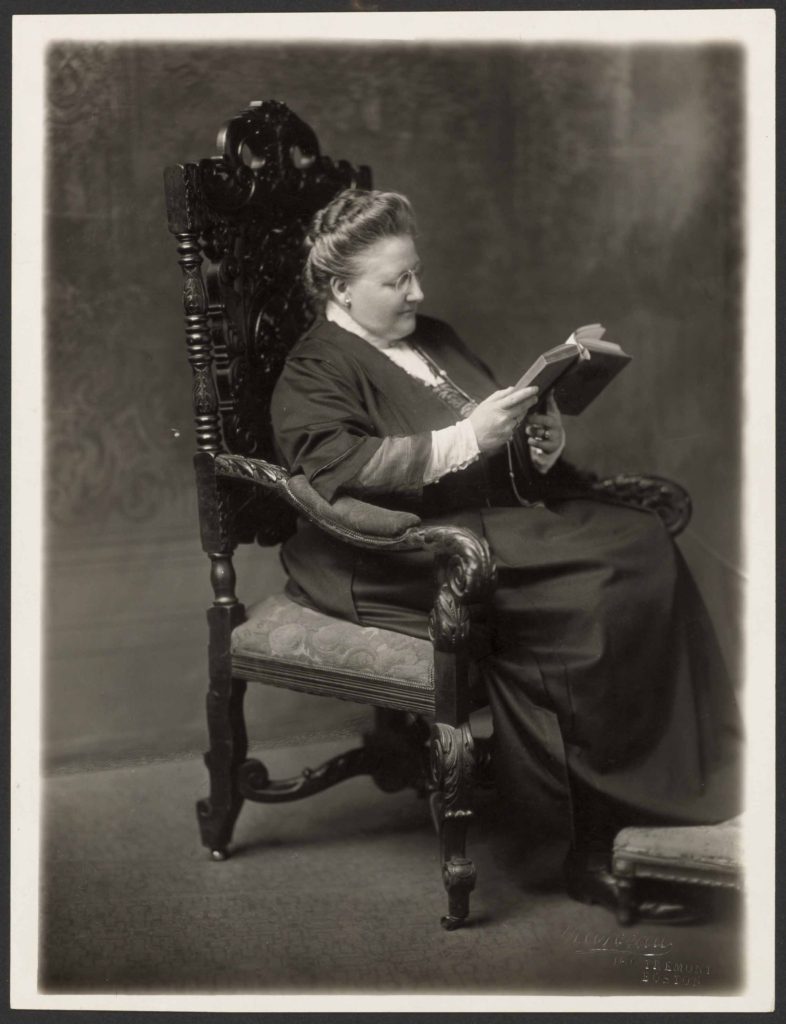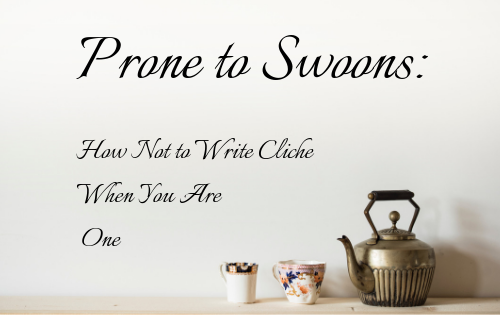
A Brief History of Amy Lowell

As a woman, Amy Lowell was prohibited a college education. Her family deemed it improper, so she buried herself in books, but the schooling of her childhood hadn’t been pleasant anyway. She considered herself too masculine, ugly, and entrenched her status as an outcast by being “outspoken and opinionated” too. In the words of a University of York lecturer of English, Dr. Hannah Roche, Lowell was “a rather large lady, a lesbian, a woman, so for all these reasons she’s unpopular, uncelebrated.”
Roche has found evidence that in Ted Hughes’ poem “Pike,” published in 1959 and which Hughes has referred to as “one of my prize catches,” many imagist descriptions had been lifted from a 1914 poem by Lowell called “The Pike.” The Hughes estate denies that Hughes even owed a debt to Lowell’s writing as an influence.
One of her contemporaries, Ezra Pound, also dismissed Lowell and derided her brand of imagism, calling it Amygism, and to complete this schoolyard picture of one boy cheating over Lowell’s shoulder while the others taunted her, another critic, American poet Witter Bynner called her a “hippopoetess.”
And she just kept writing, publishing 650 poems and winning a posthumous Pulitzer the year after she died of a brain hemorrhage. I’m charmed and moved by her, the fact that she smoked cigars and wore a monocle, the truth of her hushed-up lesbianism. (Though a number of love poems to her partner Ada Dwyer Russell still exist, she had their correspondence destroyed.)
I acknowledge my own debt to Lowell, and thank her for her poem “Patterns,” which inspired one of my tattoos.




